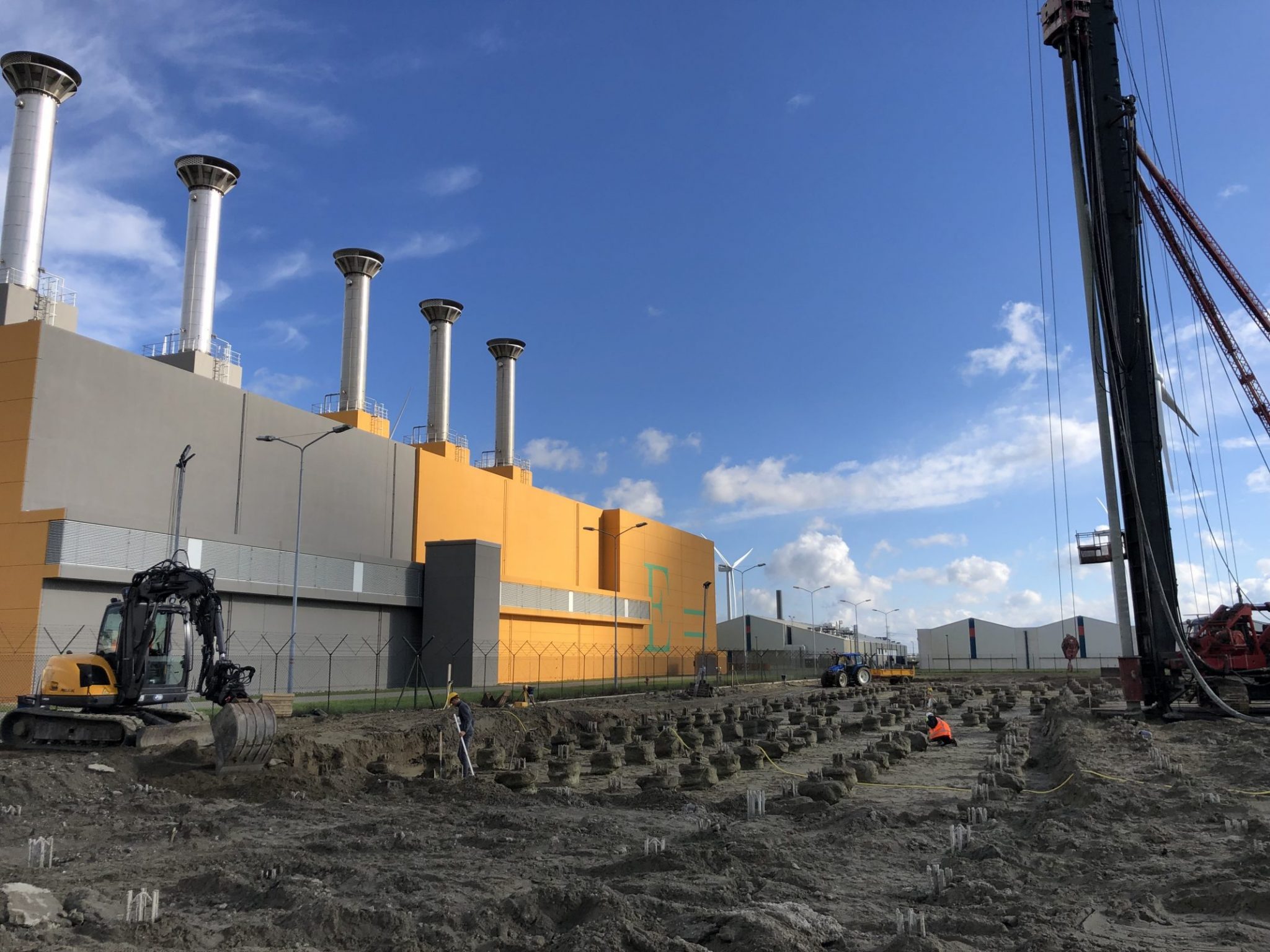 Construction has begun of the Multifunctional Storage Building (MOG) for low and intermediate-level waste – in Nieuwdorp, in the municipality of Borssele, in the Netherlands, the Central Organisation for Radioactive Waste (COVRA – Centrale Organisatie Voor Radioactief Afval) announced.
Construction has begun of the Multifunctional Storage Building (MOG) for low and intermediate-level waste – in Nieuwdorp, in the municipality of Borssele, in the Netherlands, the Central Organisation for Radioactive Waste (COVRA – Centrale Organisatie Voor Radioactief Afval) announced.
COVRA applied to the Authority for Nuclear Safety & Radiation Protection (ANVS – Autoriteit Nucleaire Veiligheid en Stralingsbescherming) in August 2022 for a permit change under the Nuclear Energy Act to construct MOG.COVRA also submitted an environmental impact assessment (EIA) and a supplement to its safety report to ANVS. The municipality of Borssele has also granted a building permit for MOG and in September the first drilling post went into the ground. All 438 have now been installed.
The construction of the MOG will also involve some recycling. COVRA had 1,500 concrete shells, which had to be removed. It has been agreed with the contractor that these sleeves will be used as a rubble bed for the new facility. They will first be broken into small pieces and then crushed. That grit will then be reused as debris foundation for paving around MOG.
Completion of the new building is expected in 2025. COVRA announced plans for the MOG facility in March 2021. It says the new storage building is mainly intended for the storage of historical radioactive waste that is currently stored on the site of medical isotope producer NRG in Petten. Future decommissioning waste from nuclear installations in the Netherlands will also be placed in MOG.
The new 2400-square-metre building will provide sufficient storage capacity until 2050, and has a design life of at least 100 years. It will be able to accommodate 4000 cubic metres of radioactive waste and its storage capacity can easily be expanded later. The new building will be able to accommodate drums of radioactive waste in special stackable storage containers. It will have a repacking area where drums with radioactive waste will be packed from transport containers into the storage container. These stackable storage containers, which will also be used for final storage. COVRA said the building will also be suitable for waste that it currently receives, which could possibly be processed and repackaged later with a view to disposal.
The first permit for the current location was granted in 1989. This was replaced in 1998 by an amended permit for the extension of the storage buildings. COVRA expects to receive structurally different types of waste that were not catered for in the design of the existing buildings.
Since 2002, the Dutch state has owned 100% of COVRA.
The 20-hectare site contain five storage buildings, a waste-processing building and an office building. The bright orange High Radioactive Waste Treatment & Storage Building (HABOG) was expanded in May 2022. There are two storage buildings for depleted uranium, VOG (Verarmd uranium OpslagGebouw) and VOG-2, LOG (Laag- en middelradioactief afval OpslagGebouw) for the storage of low- and intermediate-level radioactive waste and COG (Container OpslagGebouw) for the storage of containers. HABOG was designed by the artist William Verstraeten. Every 20 years the building will be painted a lighter colour, until in one hundred years it is white. This reflects the fact that heat and radiation produced by the waste stored inside will gradually decrease.
Image courtesy of COVRA






